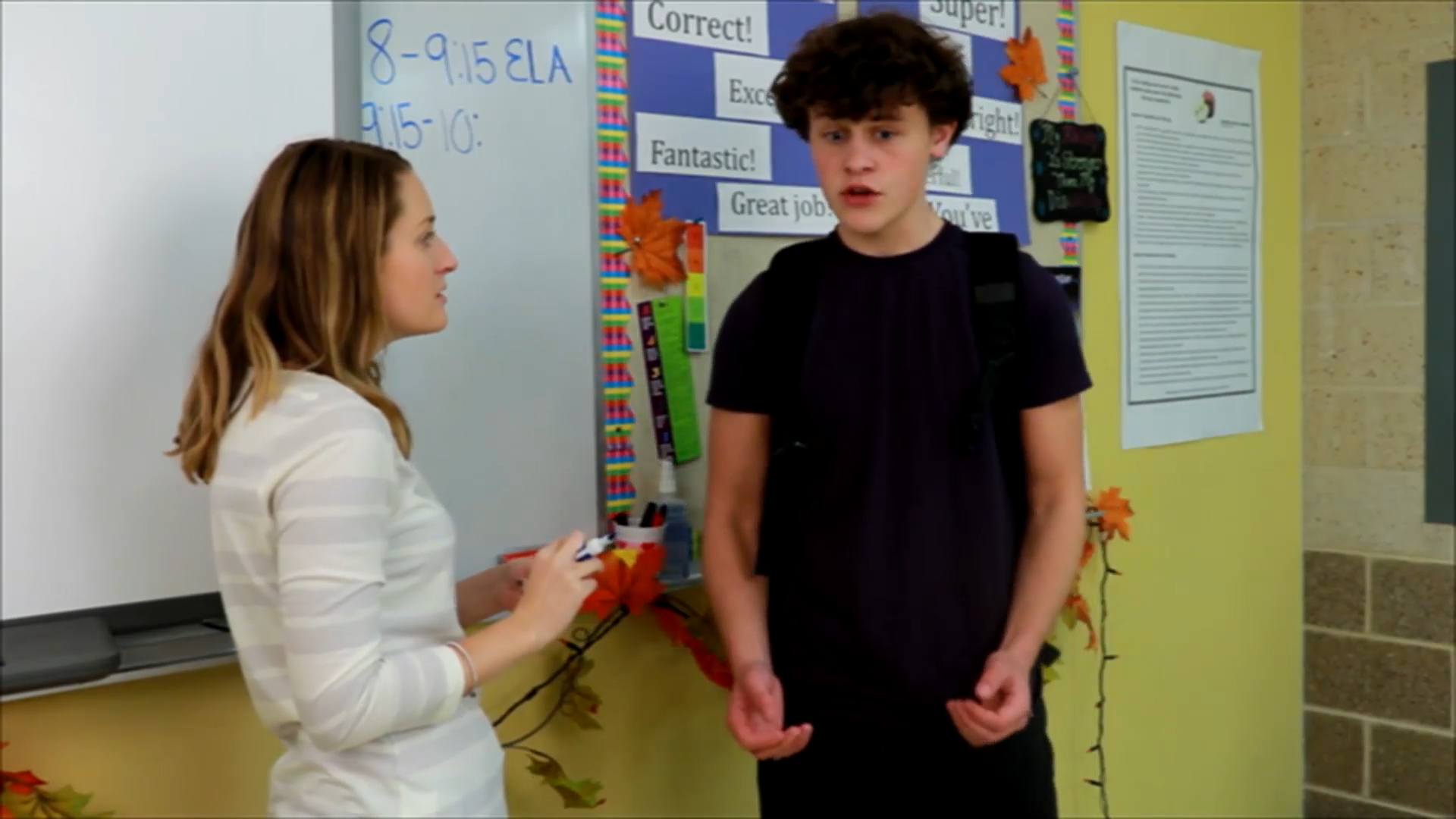
Introduction
Problem-solving is a crucial skill for students to develop, as it helps them navigate challenges in their daily lives. One essential aspect of problem-solving is being able to differentiate between big and small problems. This not only allows them to prioritize effectively but also teaches them when to seek help from others. In this blog post, we will explore an engaging no-prep activity that helps students identify big and small problems, while promoting social-emotional learning.
No-Prep Activity: The Big & Small Problem Game
This activity requires no preparation or materials from the educator. It can be conducted in a classroom setting or virtually. Here’s how it works:
- Divide students into pairs or small groups.
- Have each pair/group take turns presenting a problem scenario to the others.
- The other students must then decide if the problem presented is a big or small problem.
- Discuss why the problem is big or small, and what steps can be taken to solve it.
For example, a student might present the following scenario: “I forgot my homework at home.” The other students would then decide if this is a big or small problem, discuss their reasoning, and suggest possible solutions.
Discussion Questions
After completing the activity, use the following questions to stimulate further discussions:
- Why is it important to differentiate between big and small problems?
- How can we determine if a problem needs the help of an adult?
- What are some strategies you can use to solve small problems on your own?
- How can understanding the size of a problem help us manage our emotions and reactions?
- Can you think of a time when you had to ask for help to solve a problem? How did it make you feel?
Related Skills
Teaching students how to identify big and small problems is just one aspect of social-emotional learning. Other related skills include:
- Effective communication
- Empathy and understanding others’ perspectives
- Conflict resolution
- Decision-making
- Adapting to change
Next Steps
If you found this activity helpful and would like to explore more resources to support your students’ social-emotional learning, sign up for free sample materials at Everyday Speech. You’ll gain access to a variety of tools and activities designed to promote essential life skills and foster a positive learning environment.

